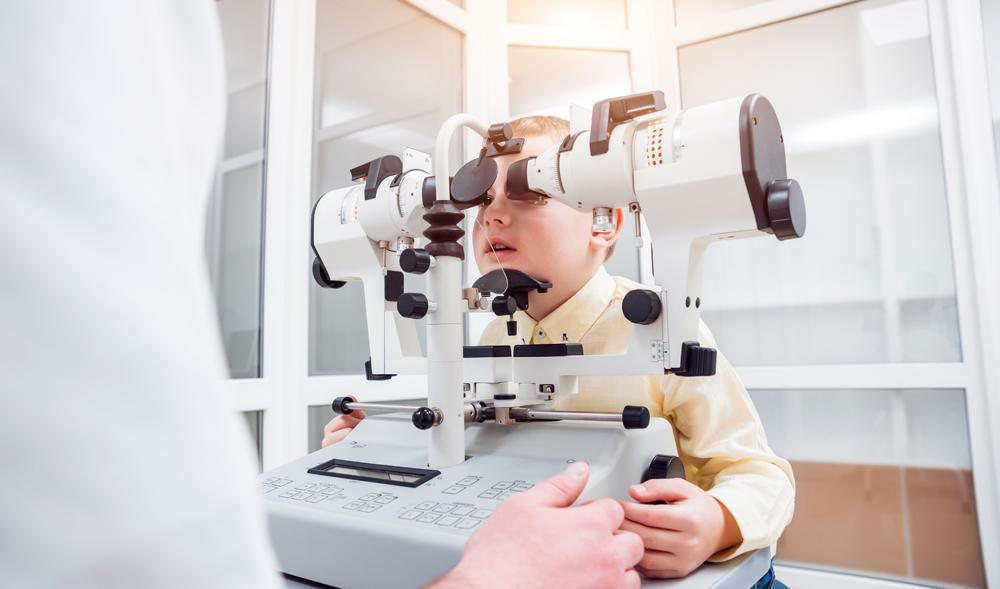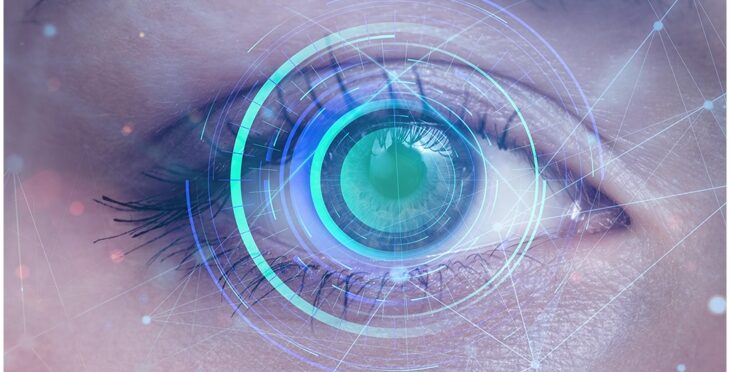Top-Rated Eyecare Near Me: Specialist Vision Solutions Available
Top-Rated Eyecare Near Me: Specialist Vision Solutions Available
Blog Article
The Role of Advanced Diagnostic Devices in Identifying Eye Disorders
In the world of ophthalmology, the utilization of innovative diagnostic devices has actually revolutionized the early recognition and monitoring of different eye disorders. From finding subtle modifications in the optic nerve to keeping an eye on the progression of retinal conditions, these modern technologies play a crucial duty in improving the accuracy and effectiveness of diagnosing eye problems. As the need for precise and timely diagnoses proceeds to expand, the integration of innovative devices like optical comprehensibility tomography and aesthetic area testing has become vital in the realm of eye treatment. The elaborate interaction between technology and ocular methods not only drops light on complex pathologies however likewise opens up doors to tailored treatment approaches.
Significance of Early Medical Diagnosis
Very early diagnosis plays an essential duty in the reliable monitoring and therapy of eye conditions. By identifying eye disorders at an early stage, healthcare companies can use suitable treatment plans tailored to the details condition, inevitably leading to much better end results for clients.

Modern Technology for Identifying Glaucoma
Cutting-edge analysis technologies play a vital function in the early discovery and monitoring of glaucoma, a leading reason of permanent loss of sight worldwide. One such technology is optical coherence tomography (OCT), which provides thorough cross-sectional photos of the retina, permitting the measurement of retinal nerve fiber layer density. This dimension is necessary in evaluating damages caused by glaucoma. One more advanced tool is visual area screening, which maps the level of sensitivity of a client's visual field, helping to find any kind of areas of vision loss attribute of glaucoma. Furthermore, tonometry is made use of to gauge intraocular stress, a significant threat factor for glaucoma. This examination is critical as elevated intraocular stress can cause optic nerve damage. Newer innovations like the use of fabricated knowledge algorithms in evaluating imaging data are showing encouraging results in the very early discovery of glaucoma. These advanced diagnostic devices enable eye doctors to detect glaucoma in its beginning, enabling for prompt intervention and much better management of the condition to avoid vision loss.
Role of Optical Coherence Tomography

OCT's capacity to measure retinal nerve fiber layer thickness permits precise and unbiased measurements, aiding in the early discovery of glaucoma even before aesthetic field issues emerge. Moreover, OCT modern technology allows longitudinal surveillance of architectural adjustments in time, promoting tailored treatment plans and prompt interventions to assist protect patients' vision. The non-invasive read the article nature of OCT imaging likewise makes it a favored choice for keeping an eye on glaucoma progression, as it can be duplicated on a regular basis without causing discomfort to the patient. Generally, OCT plays a critical role in boosting the diagnostic precision and administration of glaucoma, eventually contributing to much better end results for individuals in jeopardy of vision loss.
Enhancing Diagnosis With Visual Field Screening
An essential component in extensive ophthalmic analyses, aesthetic area screening plays a pivotal role in improving the diagnostic procedure for various eye disorders. By analyzing the complete level of an individual's visual field, this examination provides important information regarding the practical integrity of the whole visual pathway, from the retina to the aesthetic cortex.
Visual area testing is especially important in the diagnosis and monitoring of conditions such as glaucoma, optic nerve problems, and various neurological illness that can affect vision. Via quantitative measurements of peripheral and central vision, medical professionals can discover refined adjustments that might indicate the presence or development of these disorders, even prior to noticeable symptoms happen.
In addition, visual area testing permits the monitoring of treatment efficacy, helping ophthalmologists tailor therapeutic Full Report interventions to private people. eyecare near me. By tracking modifications in aesthetic field efficiency gradually, doctor can make informed decisions concerning readjusting drugs, recommending surgical treatments, or implementing other appropriate steps to maintain or improve a person's visual function
Handling Macular Degeneration

Final Thought
In final thought, advanced analysis tools play a critical function in recognizing eye conditions early on. Technologies such as Optical Comprehensibility Tomography and aesthetic area testing have actually considerably improved the precision and effectiveness of identifying conditions like glaucoma and macular degeneration.
Report this page